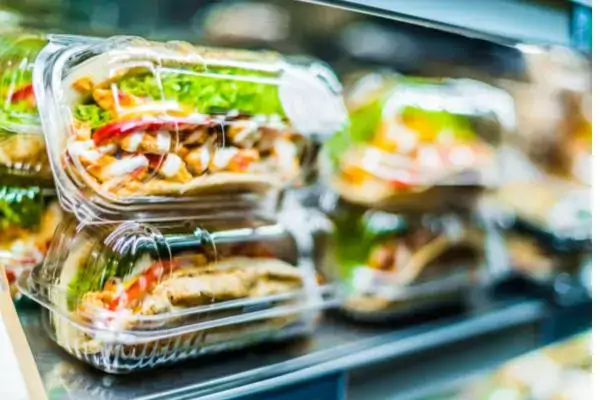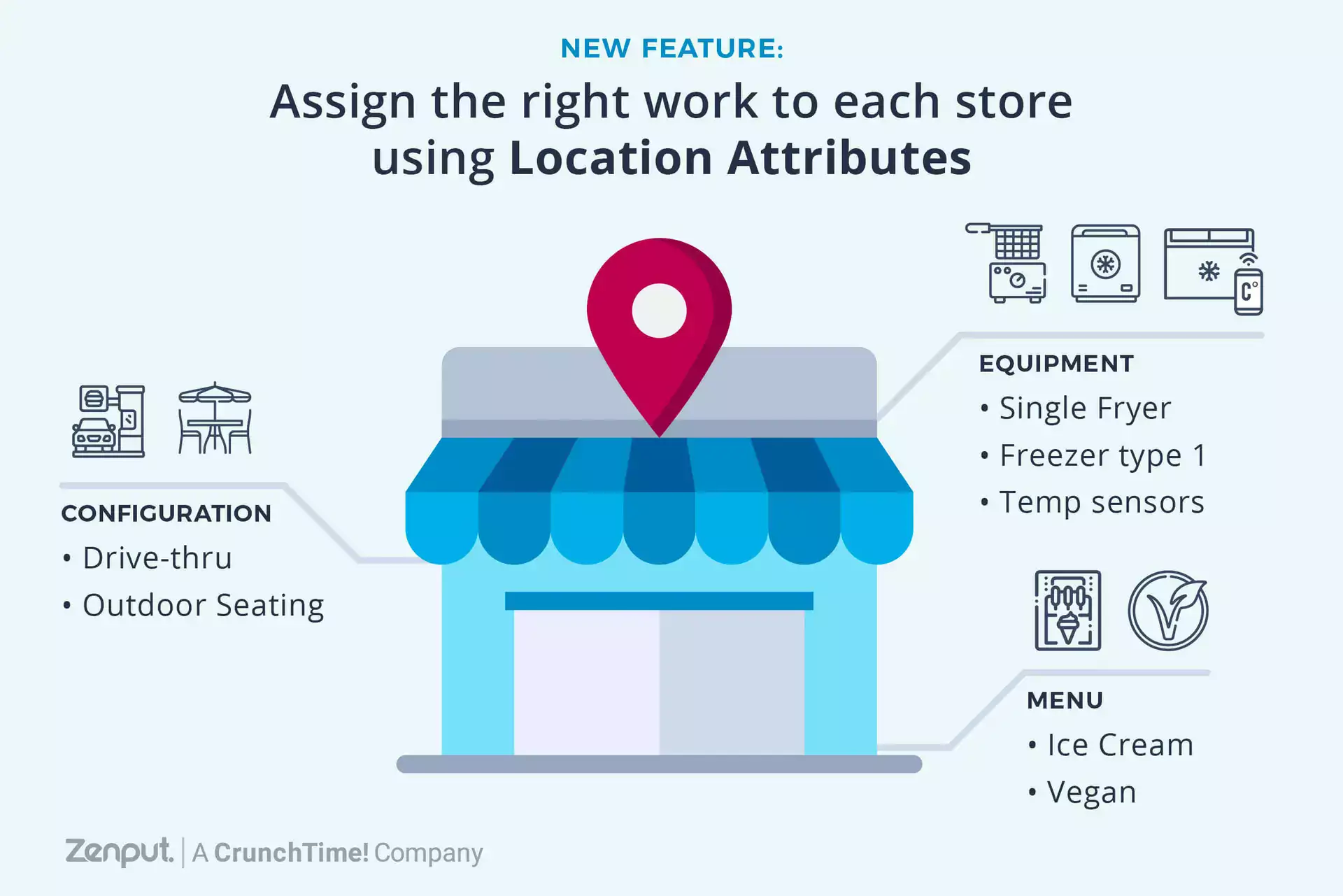It’s the age-old proposition in the convenience store industry: How do you move customers from the forecourt/gas pump area inside to the store?
There are so many factors here working in tandem. If you write a flowchart, it may look something like this:
Clean, well-lit, inviting environment for the customer to want to fill up → well-placed and accurate promotional signage → (if available) working TVs/digital signage at the pump.There’s a similar flow inside the store:
Clean, well-lit store → well-placed, accurately priced products and promotions → adequate customer service and POS technology to complete the sale.
You begin to see that upselling to an in-store purchase basically comes down to 3 components:
- The manual component: a clean, well-maintained forecourt and a clean, well-stocked store
- The technology component: ensures vendor/retailer promotional prices are properly reflected
- The labor/staffing component: for exceptional customer service
Pre-Empting the Result
So who are the retailers that answer the age-old proposition? They’re the ones who manage to pre-empt the result by creating informed processes based on what they know works. They’ve broken the 3 key components down to task management as follows:- Processes to clean the store to maintain a welcoming and safe environment.
- Working technology—and that doesn’t necessarily mean digital pumps. It could mean conducting a security audit of payment terminals, especially in a time of targeted criminal activity. These are the kind of safeguards that are crucial to your brand.
- Real-time store-level insights that could note staffing levels and any other issues that may occur. Say for a period of a month, you send a district manager to a group of stores to complete an operational audit during the peak time of the weekday.
- Are there enough attendants at the pumps?
- Are the foodservice attendants following safe food handling and preparation procedures?
- Are there at least two cashiers manning the registers?
- Are gas pump payment systems secure and showing no signs of tampering?
Subscribe to our blog
You are now subscribed!


